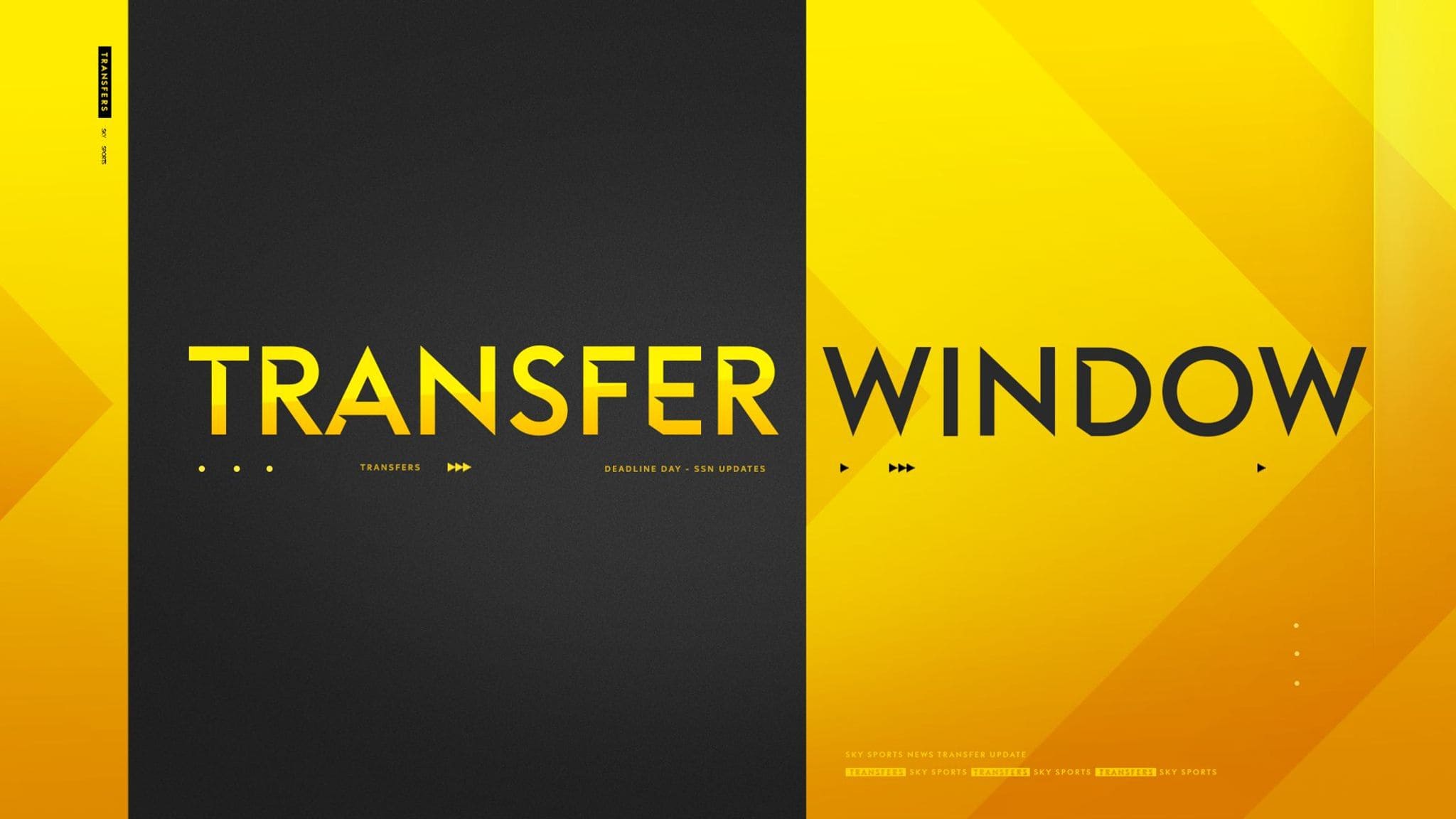Modern football has become fast-paced and aggressive, increasing the demand for physically fit players in the market. Players are seen hitting the gym, unlike in the old times when teams prioritized technical players across the field, neglecting the physicality of the game. Although this change has been beneficial for football, it has come with its fair share of issues, with recurring injuries to players being one of them.
These in-season injuries have disrupted the dynamics of many teams, including the likes of Bayern Munich, Barcelona, Manchester United, Chelsea, Tottenham Hotspur, and more. This underscores the need for mid-season signings in the January transfer window, making this window crucial for many clubs around the world.
When does January transfer window close for top European Leagues?
The January transfer window is soon coming to an end, and every club should carefully note the specific closing dates for the window in their respective leagues. Timing can be a hindrance, as illustrated by Bayern Munich’s experience in the summer. They missed out on signings like Joao Palhinha, Trevoh Chalobah, and Armel Bella-Ketchup on the deadline day due to the window closing in Germany hours before elsewhere.
Since the transfer window is set to be closed by Thursday, here are the details of the windows close time across the five major European leagues.
- Premier League : closes on Thursday, Feb. 1 at 6 p.m. ET (5 a.m. BDT on Friday)
- La Liga : closes on Thursday, Feb. 1 at 6 p.m. ET (5 a.m. BDT on Friday)
- Serie A : closes on Thursday, Feb. 1 at 2 p.m. ET (1 a.m. BDT on Friday)
- Bundesliga : closes on Thursday, Feb. 1 at 12 p.m. noon ET (11 p.m. on Thursday)
- Ligue 1 : closes on Thursday, Feb. 1 at 5 p.m. ET (4 a.m. on Friday)
There have already been significant transfers in this January window including the likes of Jadon Sancho, Timo Werner, Jodan Henderson, and more. With less time left, the teams surely would want to take benefit of the left part of the window as much as they can.
How did transfer windows come into existence?
Transfer windows have become a significant part of modern football with clubs spending lump sum of money in every window to bring the player they prefer. The windows help teams build their dynamics around the players they sign, which helps them ultimately compete for titles in all competitions.
But the windows weren’t a regular part of football not more than 2 decades ago. The current system of transfer windows was introduced in the 2002/03 season with the help of a compromise agreement with the European Commission as the clubs felt that an organization window structure would help understand the football economy and provide incentives for the clubs to develop young players.
Initially, clubs were allowed to sign players until the 31st of March each season. However, concerns about potential harm to competitiveness led to the introduction of specified transfer windows. These windows provide clubs and managers with a designated period for player signings.
The summer window typically runs from June 9th to the date specified by each league under FIFA regulations. The winter window starts on January 1st and usually concludes at the end of the month. This structure fosters stability and allows fans time to connect with players on an emotional level.
Although 18 of 53 major leagues around the world follow the same timelines for the window, it could vary for other leagues depending on their lifestyle, working days, holidays, and others. This variation has been a cause for many failed transfers like Hakim Jiyech to PSG, which is still an issue in the concurrent season.
With the current January window set to close on Thursday, it would be interesting to see which club can complete all their wanted transfers and which club fails to do so like Bayern in the summer window this season. Do you think the current window structure for transfers has helped the development of youth and thus football? Let us know your thoughts in the comments below.








